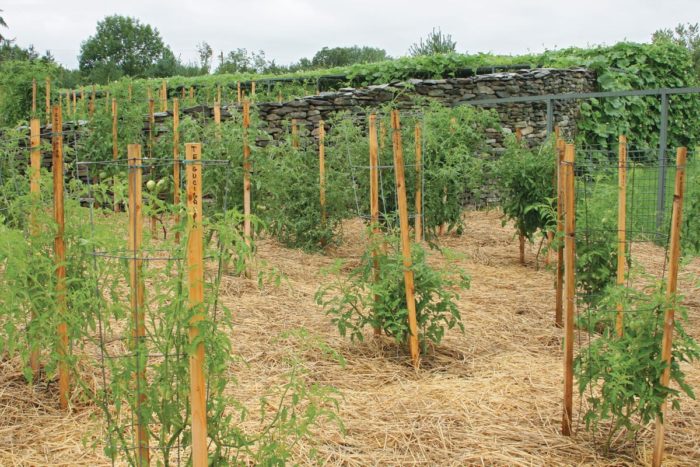
Let’s face it: Mulching isn’t a glamorous job. It’s dusty, dirty, and can be downright backbreaking. But despite all the effort involved in the task, mulching your vegetable garden properly at the start of the growing season pays big dividends as the weeks progress. With a 2- to 3-inch-thick layer of mulch in place, trips to the shed for a hoe, cultivator, or hand weeder become few and far between; the hose stays coiled on its reel; veggie roots remain insulated from temperature extremes; and soil-borne fungal spores stay far away from plant leaves. There’s no doubt that the benefits of mulch are many, but the truth is that not all mulches perform the same.
Though there are dozens of different products you can use to mulch your vegetable patch, not all of them are a smart choice, and some of them are downright dangerous. (We’re talking to you, shredded rubber tires and old, synthetic chemical-laden, living room carpet!). For example, gravel is a great mulch for alpine gardens, but its nonexistent nutritional content and eternal life span are not so good in the vegetable garden. The same goes for plastic films, river rocks, and pumice stones. The best types of mulch for edibles are those that provide all the benefits mentioned above and then go on to be processed by soil microbes, which releases mineral nutrition to plants and adds oh-so-valuable organic matter to the soil. The following is an accounting of everything you need to know about several popular veggie garden mulches, which should help you decide what material is best for you—and your tomatoes.
STRAW
Straw consists of the dried stalks of various grain plants, including wheat, oats, rye, and barley. Tightly compressed and bound into round or rectangular bales, straw is a farm by-product that’s used primarily as animal feed and bedding. Hay, on the other hand, is cut and baled field-grown grasses, or sometimes legumes like clovers and alfalfa. It contains far more weed seeds than straw.
Cost
Though it once was very inexpensive, the price of straw has been on the rise for the past few years, especially in suburban and urban areas. Expect to pay between $5 and $10 per rectangular bale.
Moisture retention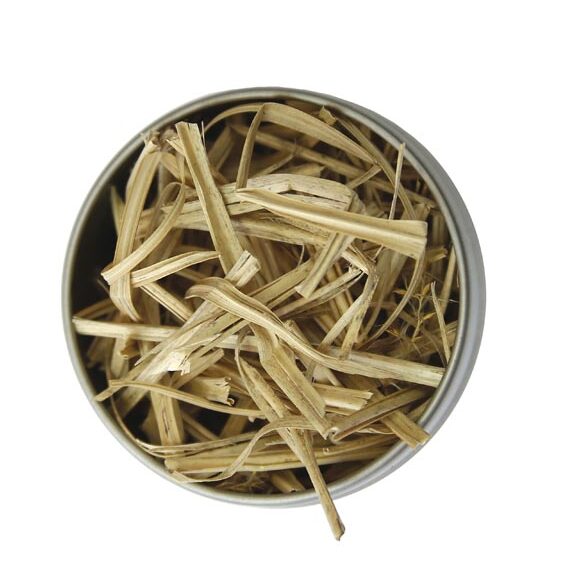
Straw has better moisture retention than bare soil, but its coarse texture does allow for some soil moisture evaporation. One study showed that a layer of straw mulch just an inch and a half thick reduced soil evaporation by 35% over bare soil.
Weed suppression
A layer of straw forms a matrix that’s quite good at suppressing weed growth. However, weed seeds that blow in after straw mulch has been laid down can filter through the straw matrix and germinate.
Nutritional value
As straw breaks down, it adds plenty of organic matter to the soil and serves as a carbon source for soil microbes. Though it’s not nutrient dense, a small amount of plant nutrients may be released at decomposition.
PROS
The coarse texture of straw makes it very permeable, allowing good transfer of water and air into, and out of, the soil. Air pockets within a layer of straw add extra insulation against temperature fluctuations.
CONS
Critters love to bed down in straw. Rabbits, voles, slugs, and even squash bugs find safe haven in straw mulch. Straw often contains some leftover oat, wheat, barley, or rye seed heads, too. These seeds will easily sprout when the straw is spread and exposed to moisture.
COMPOST
Compost is what remains after the decomposition of organic matter. This natural process can be “forced” by combining various sources of organic matter—such as landscape waste, manures, and kitchen scraps—together and regularly aerating the mix until a finely textured, humus-rich product is produced.
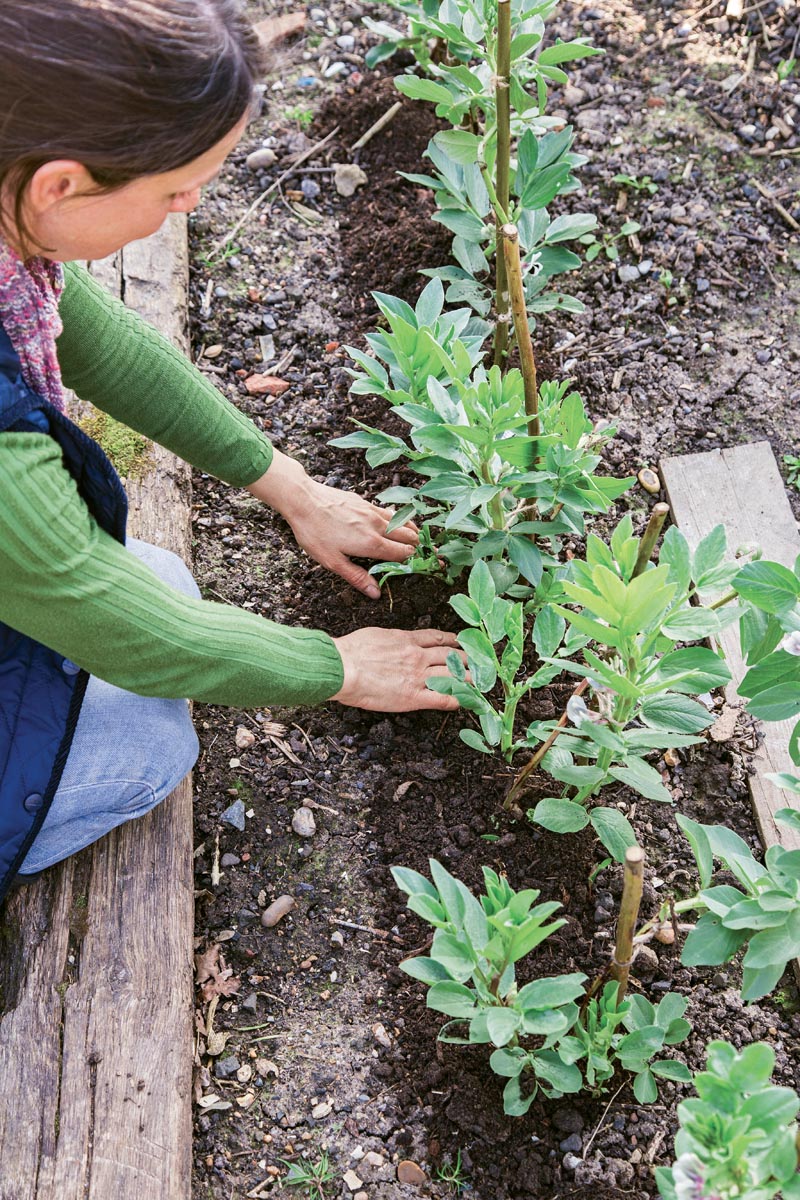
Cost
Compost is free if you make it yourself. High-quality, commercially produced compost can be purchased bagged or in bulk. The price varies greatly. Bulk compost averages $15 to $40 per cubic yard. Bagged compost averages from $3 to $6 for a 40-pound bag.
Moisture retention
The fine texture of compost means that its surface can dry out quickly when exposed to air. Once dry, compost mulch can limit water infiltration to the soil below and cause water to pool on its surface. However, having a layer of compost in place still yields better moisture retention than bare soil. When mixed into the soil as an amendment, compost has excellent moisture retention ability.
Weed suppression
This is highly variable, depending on the compost itself. When used as a mulch, compost blocks light from reaching weed seeds on the soil’s surface, but homemade compost itself may contain weed seeds, mainly because home piles often don’t reach a high enough temperature to kill all weed seeds, negating any weed suppression abilities the compost may offer. Commercially produced composts have fewer weed seeds because composting temperatures are carefully monitored. Compost mulches can act as a fertile base for incoming weed seeds that land on top of the mulch layer, though.
Nutritional value
Compost is an excellent source of plant nutrients, organic matter, and beneficial microbial life.
PROS
The tiny particle size of compost does not restrict vegetable seed germination and seedling growth like some other more coarsely textured mulches do. The dark color and fine texture of compost is visually attractive.
CONS
Possible weed contamination is the biggest drawback for homemade composts. The dark color absorbs the heat of the sun and can raise the temperature of the uppermost layer of soil. In warmer climates it can get too hot, harming the plants. In cooler climates, though, it can facilitate earlier planting.
LEAF MOLD
Also called leaf compost or leaf humus, leaf mold is compost that’s made with only one ingredient: leaves.
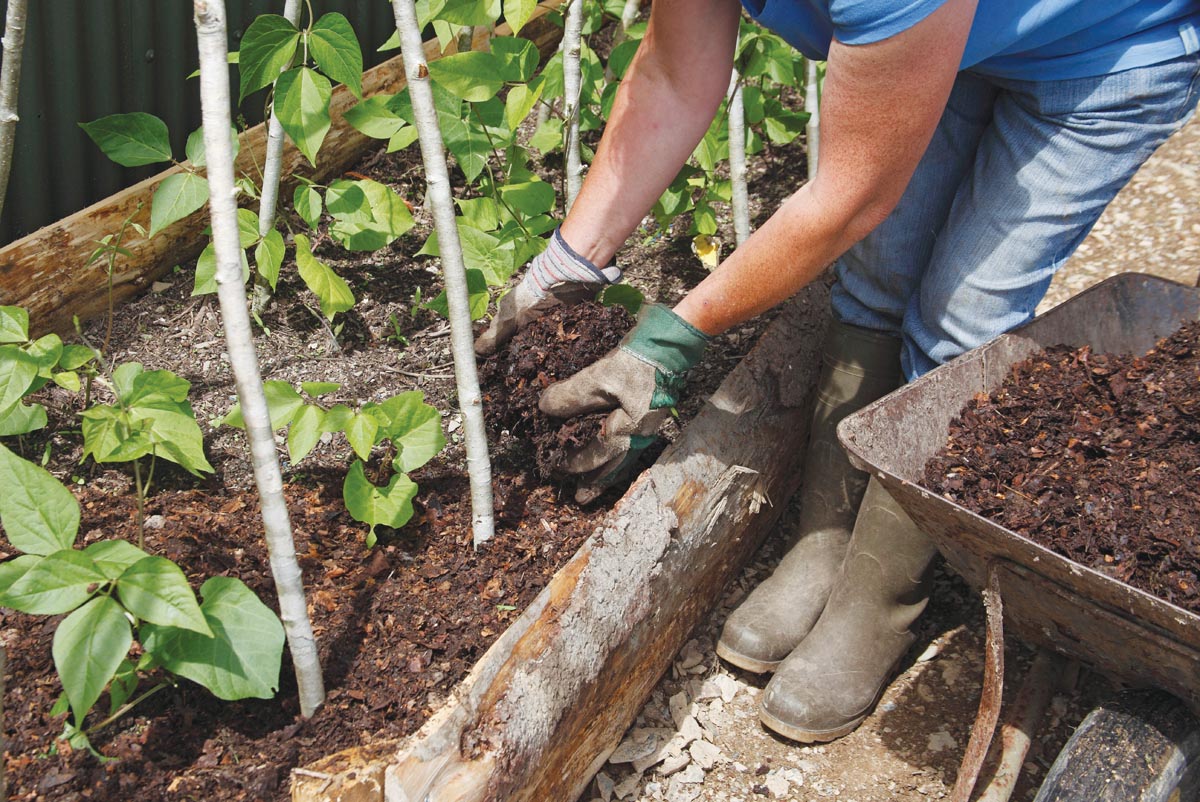
Cost
Some municipalities make leaf mold using leaves collected from residents and public spaces. The finished product is sometimes given away for free to residents willing to shovel their own. Leaf mold can also be made at home by piling autumn leaves in a corner of the yard or in a compost bin and turning them regularly until decomposition is complete. Commercially made leaf compost is available for bulk purchase or, less frequently, as a bagged product. Prices average between $15 and $30 per cubic yard.
Moisture retention
Much like compost, leaf mold has a fine particle size, which means that its surface can dry out quickly when exposed to air. This can limit surface water infiltration. But having a layer of leaf mold in place does prevent more soil water evaporation than bare soil.
Weed suppression
Because leaf mold is created only from leaves, it’s almost always weed free, with the exception of any external weed seeds that find their way onto the pile before or after it has been spread. When used as a mulch, leaf mold does suppress the germination of any weed seeds on the soil’s surface by blocking the light, but it also forms a fertile platform for any weed seeds that happen to land on top of it.
Nutritional value
High in various plant nutrients, including many trace elements, and organic matter, leaf mold is great food for beneficial soil microbes and plants alike.
PROS
As soil organisms process leaf mold, the friability, aeration, and nutrient content of the soil are improved, even when the leaf mold is used as a mulch. It was once thought that this product would alter the pH of garden soil, depending on what types of leaves were used to make the leaf mold. Studies have proven this to be untrue.
CONS
Leaf mold does not moderate soil temperatures as well as coarser textured mulches do, making shredded leaves, with their larger particle size and coarser texture, a better mulch option when it comes to maintaining optimal soil temperatures.
WOOD CHIPS
Also called arborist chips, wood chips consist of chopped-up branches and twigs of woody trees and shrubs.
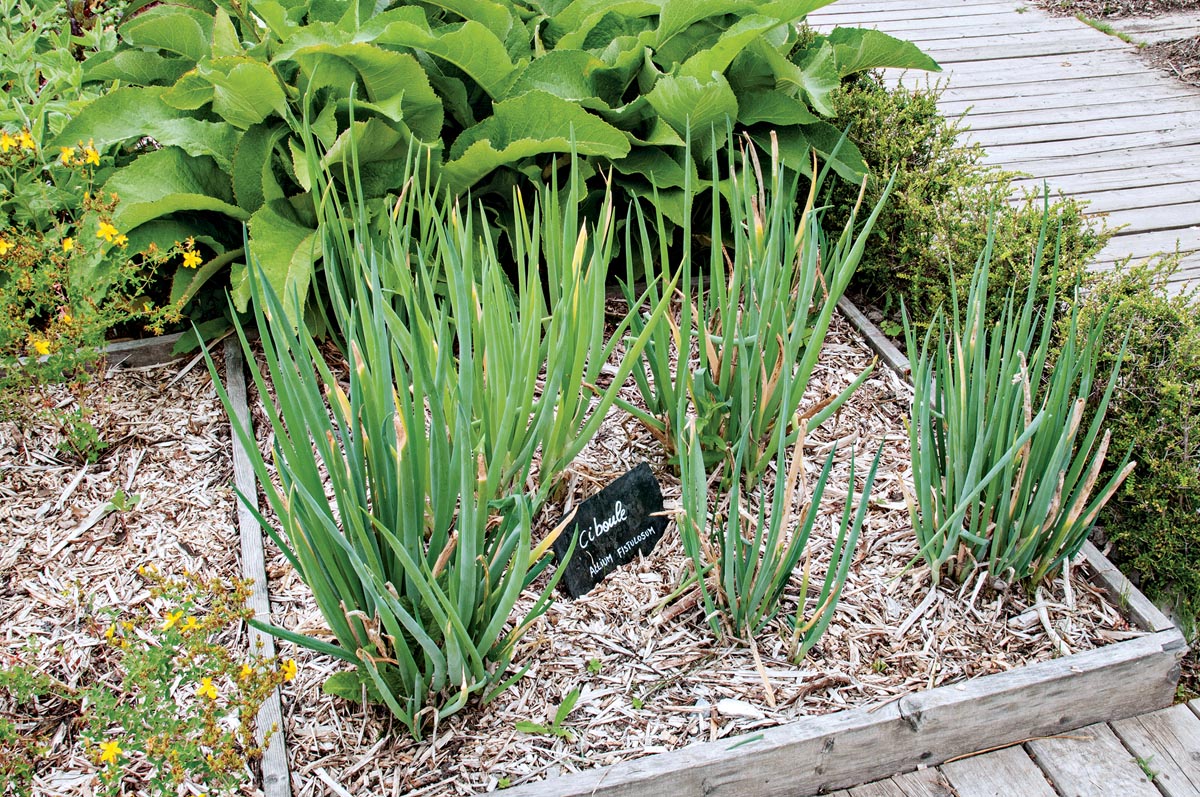
Cost
If they’re available, you can get a load of wood chips for free from a local arborist. If you purchase wood chips from landscape supply centers, expect to pay an average of $15 to $26 per cubic yard. Bagged wood chips average $3 to $6 for a 2-cubic-foot bag.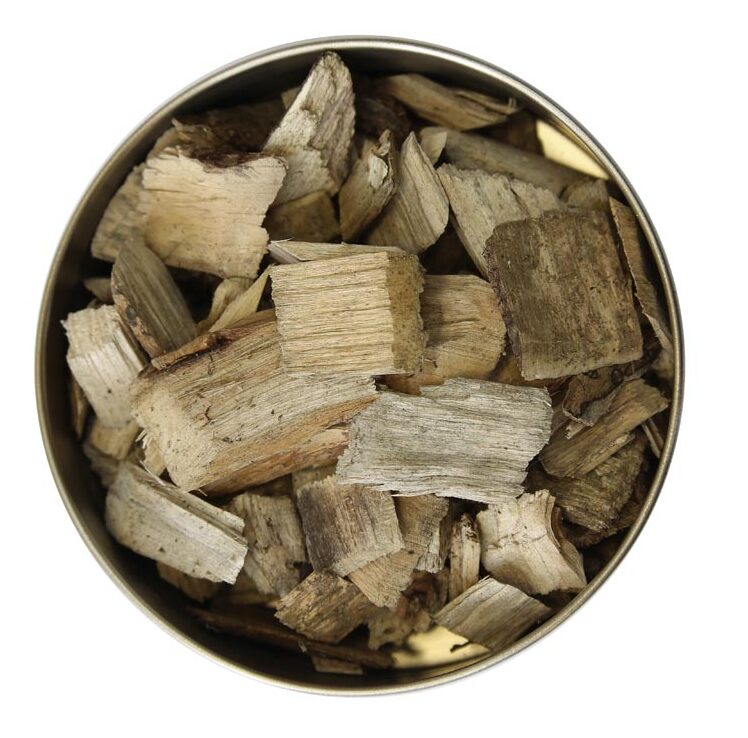
Moisture retention
Wood chips have an excellent ability to retain soil moisture. They’re highly permeable and allow good water and air infiltration to the soil below. They also absorb water like a sponge and hold it for later release.
Weed suppression
Wood chips reduce the amount of light reaching weed seeds on the soil’s surface. More important, perhaps, is that wood chips may also control weeds by releasing allelopathic compounds that naturally occur in the wood. Though they don’t affect established plants, these compounds may inhibit seed germination and seedling growth, which is great for limiting weed growth but not so great for areas like the vegetable garden where seeds are being purposefully planted.
Nutritional value
Over a period of time, wood chips decompose, slowly releasing many plant nutrients into the soil. Because of their fresh state, wood chips take longer to release their nutrients than finer-textured mulches such as compost or leaf mold.
PROS
Wood chips are highly permeable. Their coarse texture breaks up water droplets upon contact and reduces soil erosion. They’re also great at moderating soil temperatures.
CONS
Contrary to popular belief, wood chips do not acidify soil pH or cause a nitrogen deficiency in the soil beyond the shallow area where the mulch meets the soil. However, in vegetable gardens where tilling sometimes occurs and plants are shallow rooted, wood chips can be problematic. Because of the high carbon-to-nitrogen ratio of wood chips, soil microbes temporarily pull nitrogen from the soil next to the mulch to aid in the decomposition process. In addition, the coarse texture of wood chips can inhibit seed germination and seedling growth when they’re used as a mulch. Bagged-chip products made from recycled construction debris could contain contaminants.
BIOFILMS
Biofilms are biodegradable sheet mulches that look and act much like plastic film mulches but without the same environmental impact. Typically made from vegetable starches or cellulose, biofilm mulches naturally degrade with the help of sunlight and soil microbes, and they can be turned into the soil, rather than discarded in the landfill as plastic film mulches must be. They’re spread over the garden’s soil prior to planting and held in place with rocks, soil, or landscape pins. Plants are then dropped into holes cut through the film.
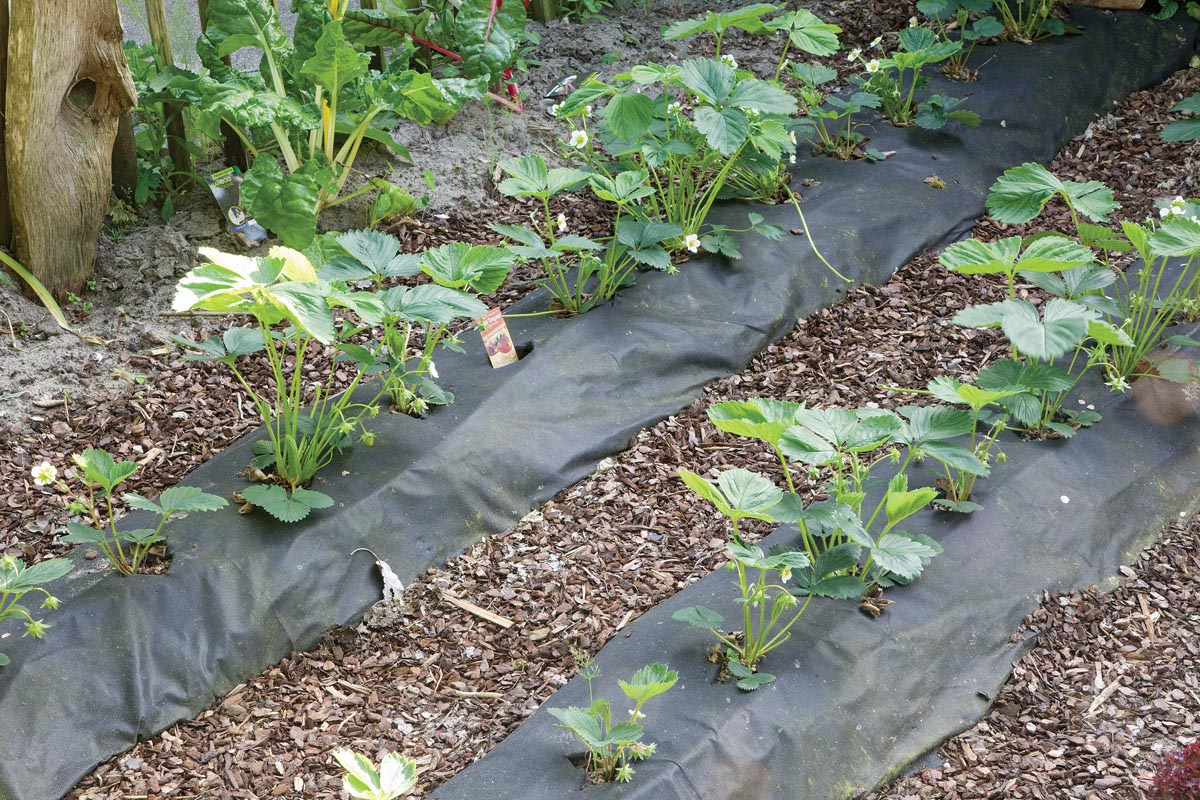
Cost
The cost of biofilms is highly variable, depending on the manufacturer and the thickness of the film. Backyard vegetable gardeners should expect to pay between 10 cents and 30 cents per linear foot of biofilm.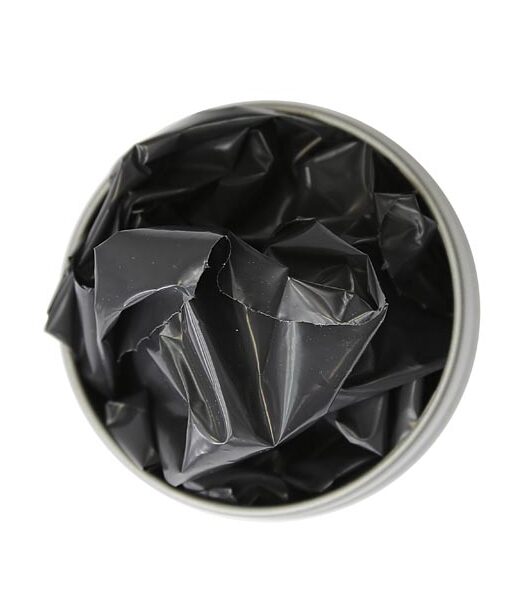
Moisture retention
Biofilms have excellent soil moisture retention ability.
Weed suppression
Biofilms act as efficient weed barriers, much like plastic film mulches do. Thinner biofilms don’t provide as much weed protection as thicker films because they easily tear when being spread over the soil.
Nutritional value
They’re of little nutritional value to plants, but biofilms do serve as food for soil microbes as they’re decomposing.
PROS
Much like plastic, dark-colored biofilms absorb the sun’s heat and warm the soil down to a depth of 12 inches, allowing gardeners to get a jump-start on warm-season crops in places where the growing season is short. Clear biofilms warm the soil even more due to the transmission of radiation through the clear film. Biofilms also keep plants and fruits from touching the soil, potentially limiting the spread of soil-borne diseases. Their biodegradable nature means that nothing goes to the landfill and no residues or tattered pieces of plastic are left behind.
CONS
Biofilms are a great alternative to plastic mulches, but thinner grades are more likely to tear than plastic is. They can take a lot of time to install until you get the hang of it. Thinner grades may not last through the entire season before degrading. Biofilms can inhibit air and water movement because they are not permeable, and the dark-colored ones can cause the soil to get too hot in southern locales.
SHREDDED BARK
This mulch product is created by shredding the bark of trees. It’s sourced from lumber milling operations as a by-product.
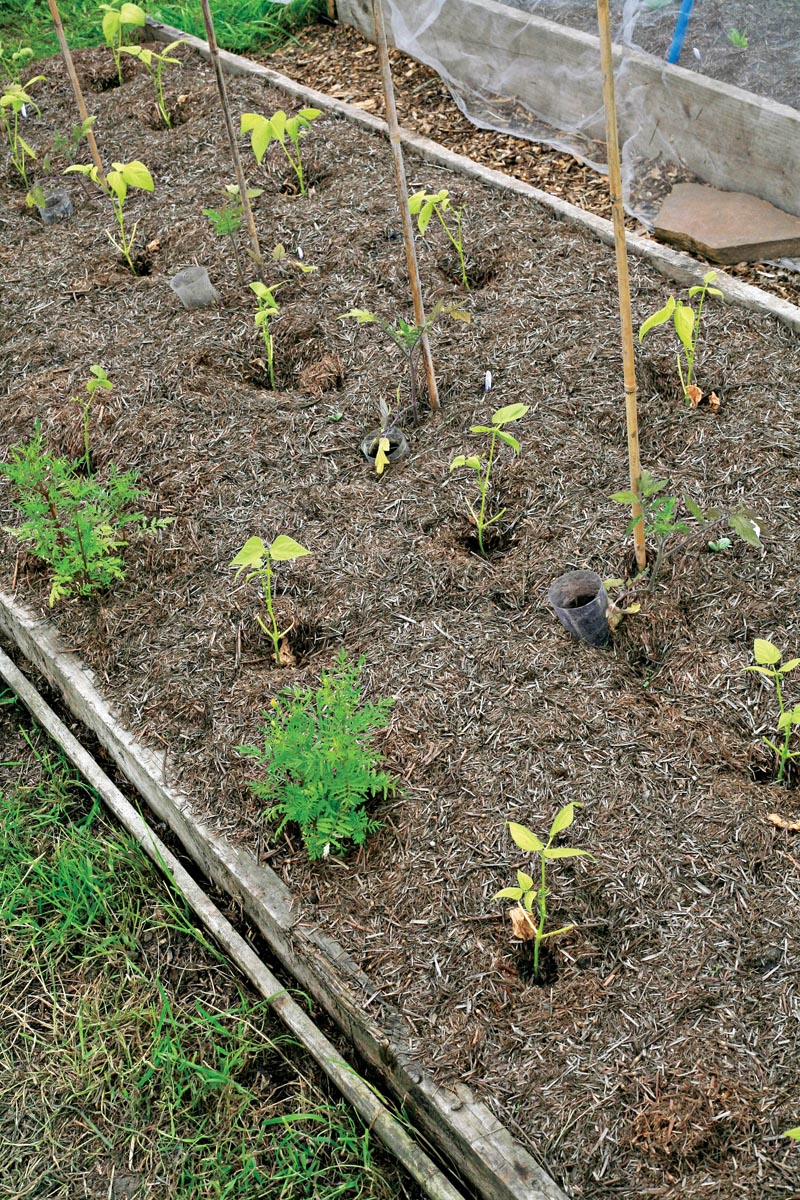
Cost
Expect to pay a bulk landscape supplier an average of $15 to $26 per cubic yard. Bagged products average between $3 and $6 for a 2-cubic-foot bag.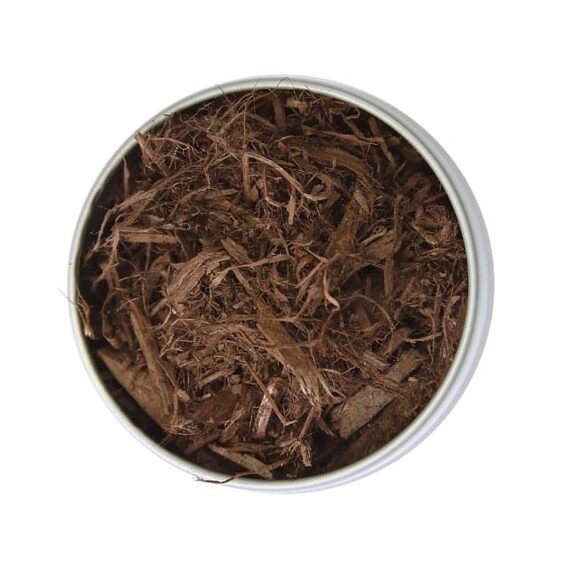
Moisture retention
Unlike wood chips, shredded bark contains suberin. This waxy substance helps prevent moisture loss in living trees, but in mulch, it serves to repel water and could impact the absorption and retention of water in garden beds.
Weed suppression
Shredded bark is a better weed suppressor than bare soil, but depending on how the logs were stored prior to milling, the mulch itself could contain weed seeds.
Nutritional value
Low in nutrients, shredded bark will eventually decompose and add organic matter and a small amount of plant nutrients to the soil.
PROS
Because of the presence of suberin, shredded bark mulch breaks down slowly, which means that you may not have to apply it as frequently. Shredded bark and other coarse-textured mulches are great at moderating soil temperatures.
CONS
The coarse texture of shredded bark can inhibit seed germination and seedling growth in vegetable gardens. As with wood chips, shredded bark can be problematic in the vegetable garden due to the shallow-rooted nature of most of the plants growing there and the high carbon-to-nitrogen ratio of the mulch. Tilling shredded bark into the soil can cause issues with nitrogen availability and should be avoided.
BASICS
Mulching 101
Regardless of the type you choose, applying mulch incorrectly or buying from a disreputable source can lead to irrevocable problems in the garden. Here are a few things to remember.
- Thicker isn’t better. Follow the recommended application depth of your given mulch (generally 2 to 3 inches deep). Too thick and you can inhibit moisture seeping into the soil altogether.
- Watch those crowns. Spreading mulch up to and over the bases of plants can smother them and lead to death.
- Know your supplier. Mulch could be delivered with noxious weed seeds in it because it was stockpiled next to a field of weeds, or it could contain toxins from building materials.
Jessica Walliser is a horticulturist, author of several gardening and pest-management books, and the former owner of a 25-acre organic market farm in Pittsburgh.
Fine Gardening Recommended Products
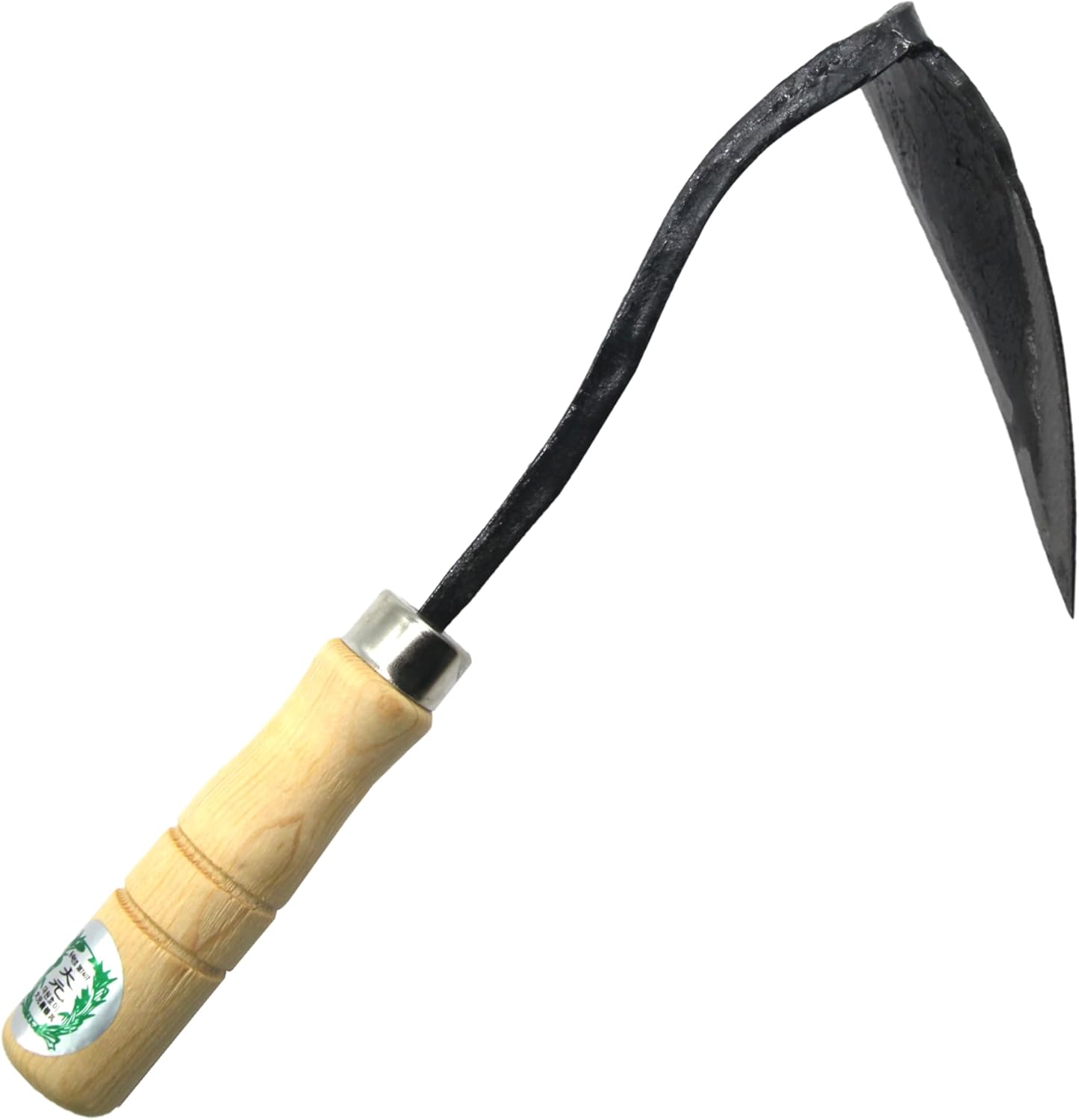
Ho-Mi Digger - Korean Triangle Blade
Fine Gardening receives a commission for items purchased through links on this site, including Amazon Associates and other affiliate advertising programs.
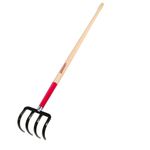
Razor-Back Potato/Refuse Hook
Fine Gardening receives a commission for items purchased through links on this site, including Amazon Associates and other affiliate advertising programs.

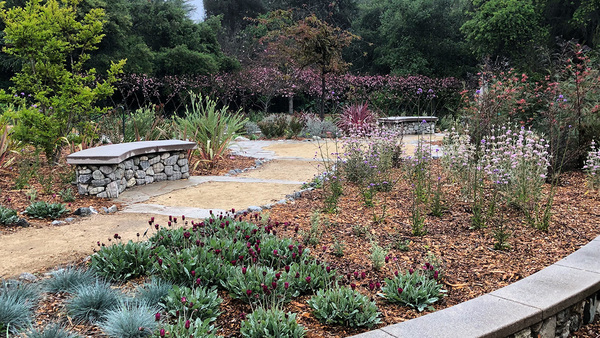
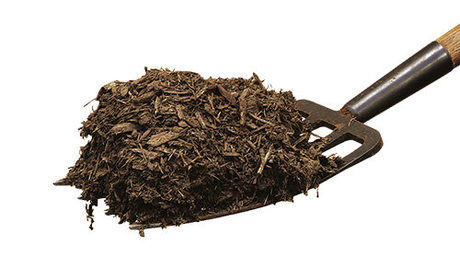
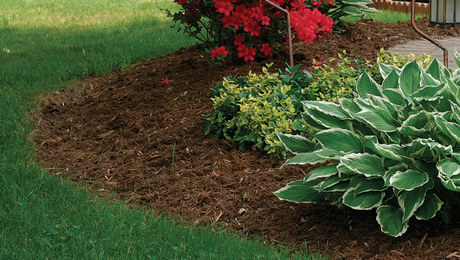

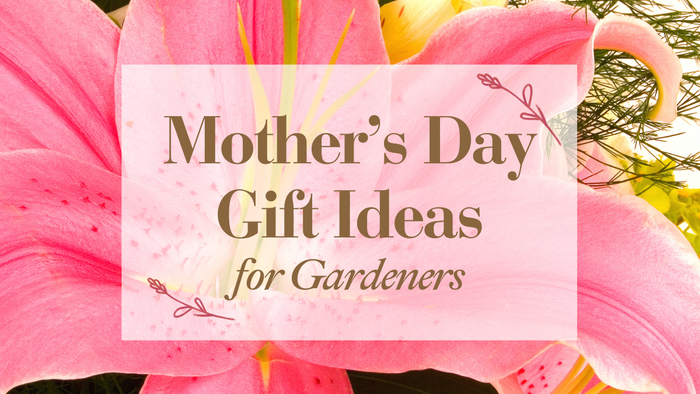
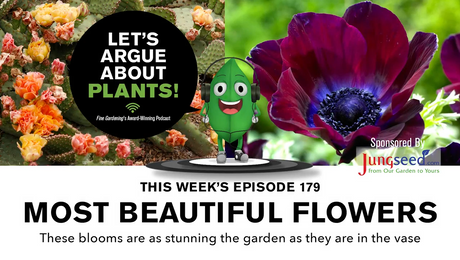
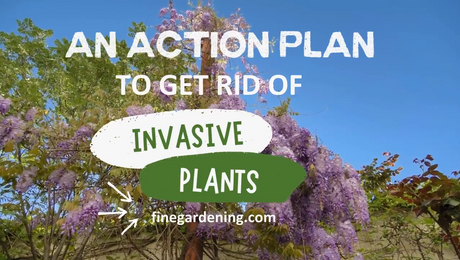










Comments
Log in or create an account to post a comment.
Sign up Log in